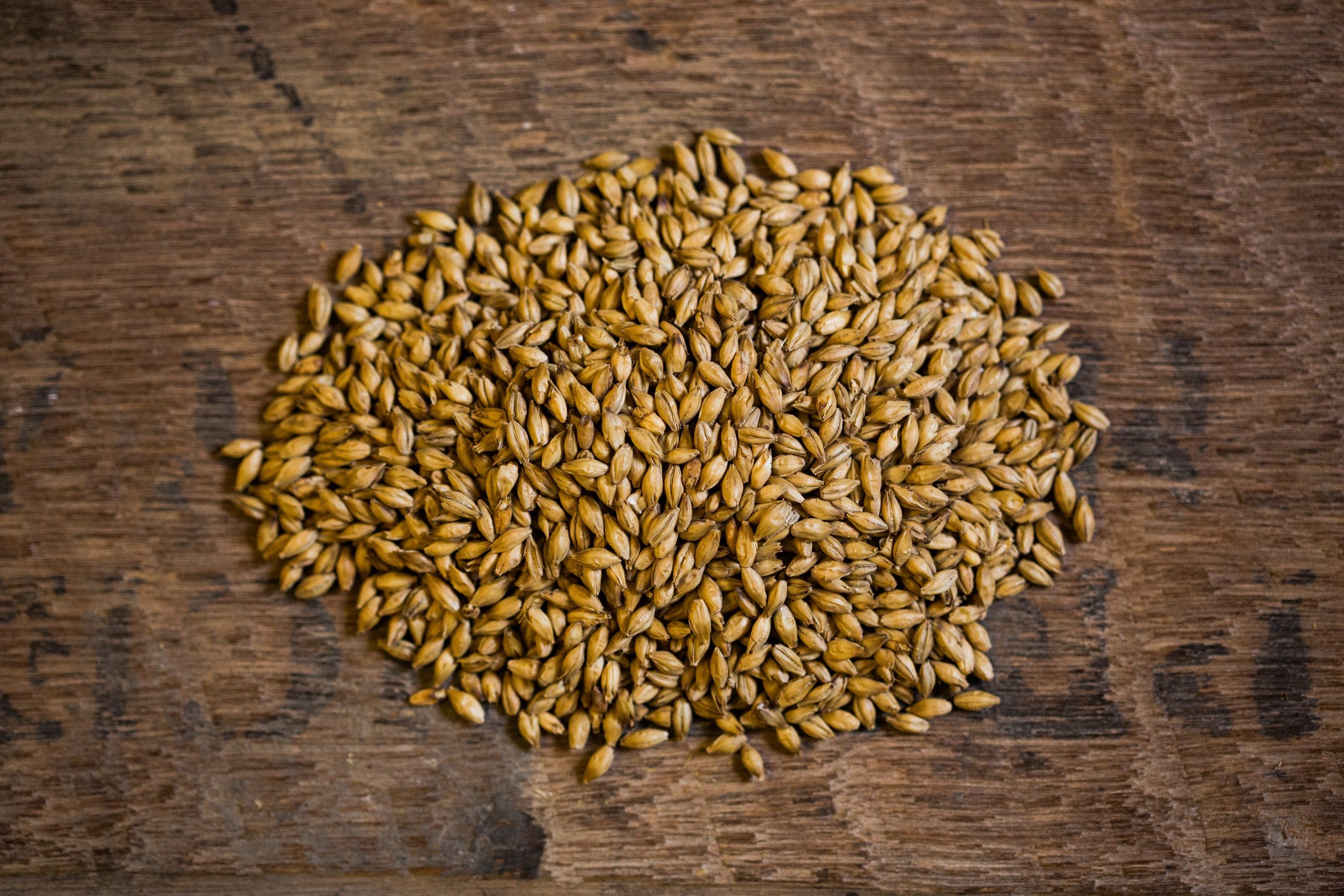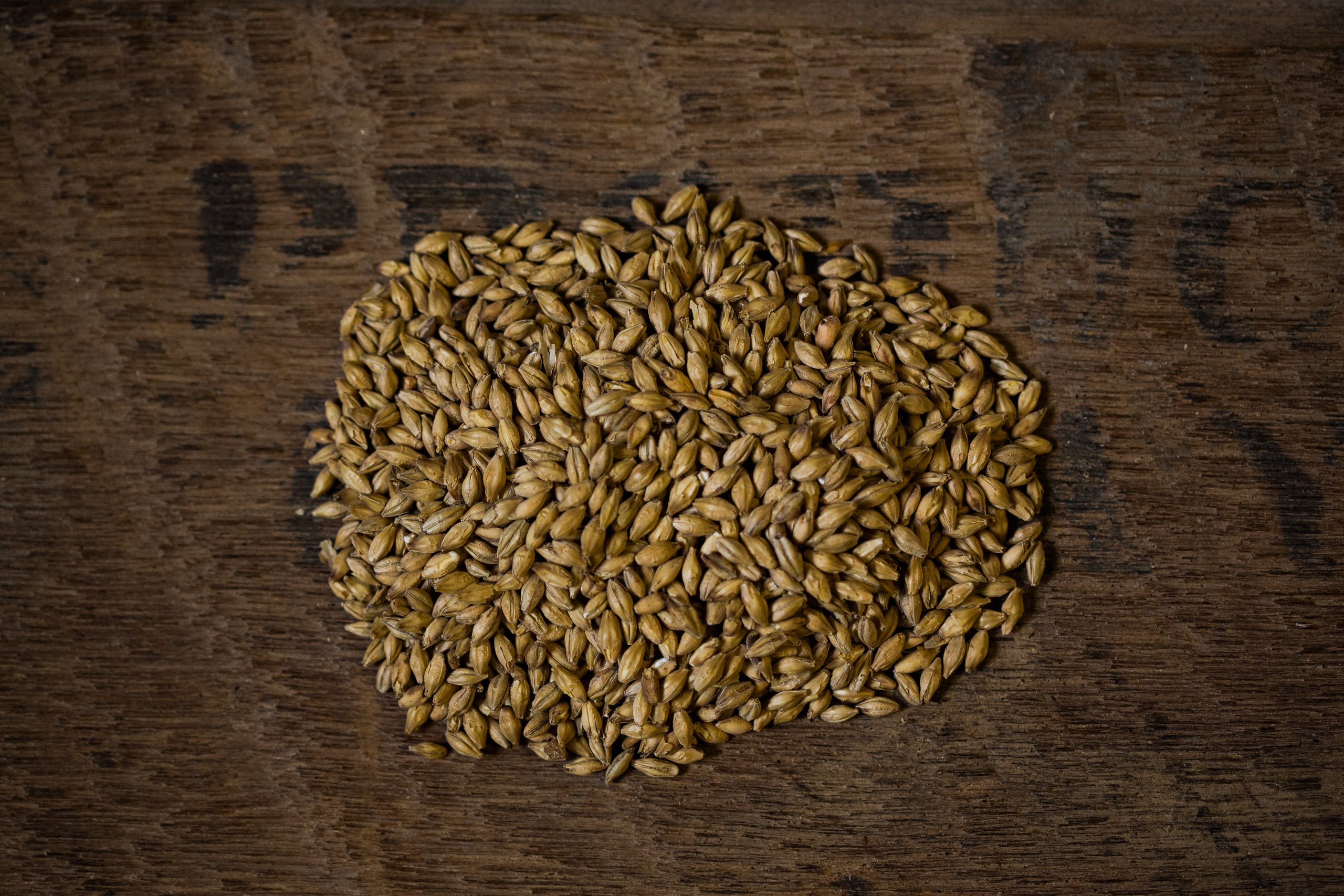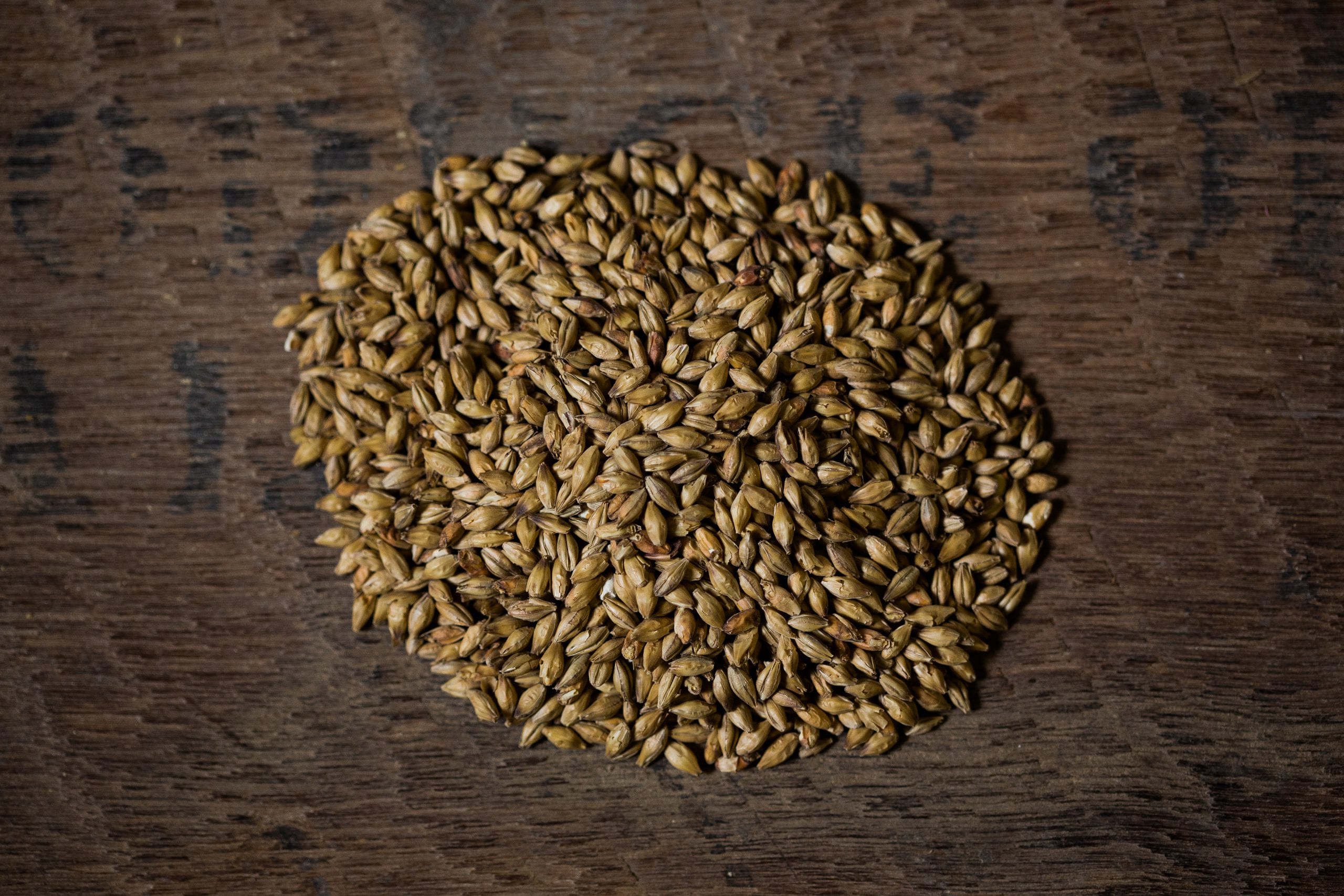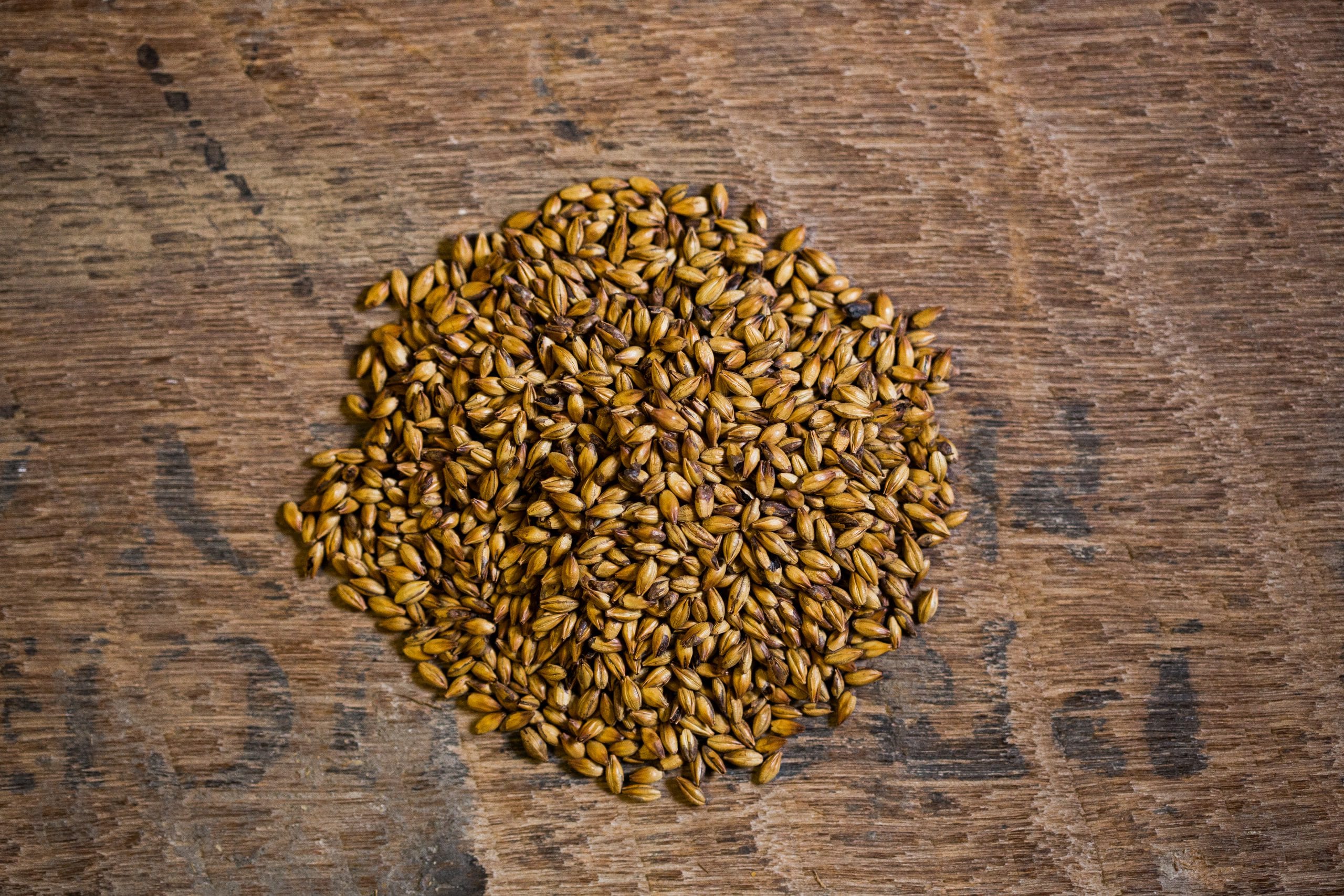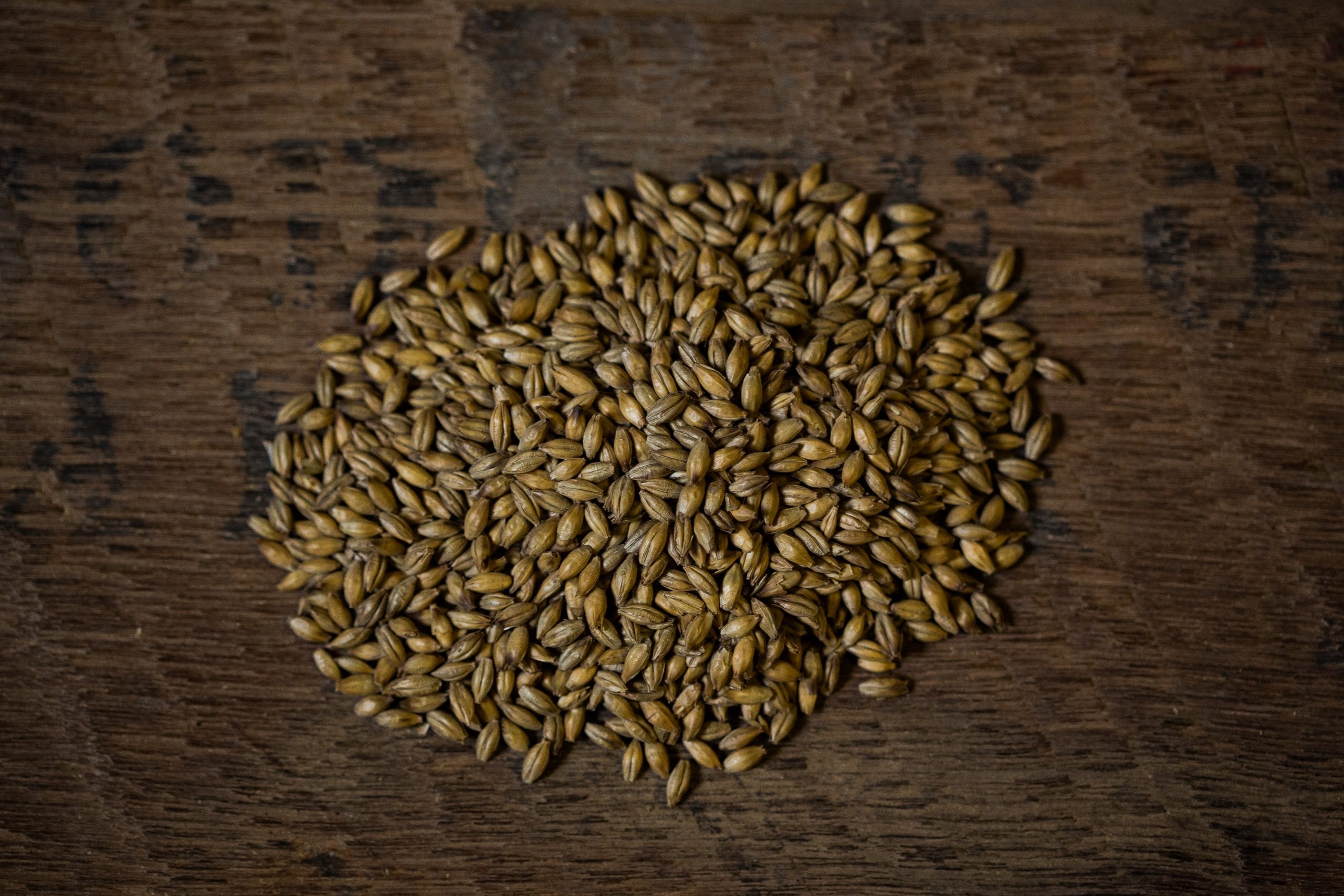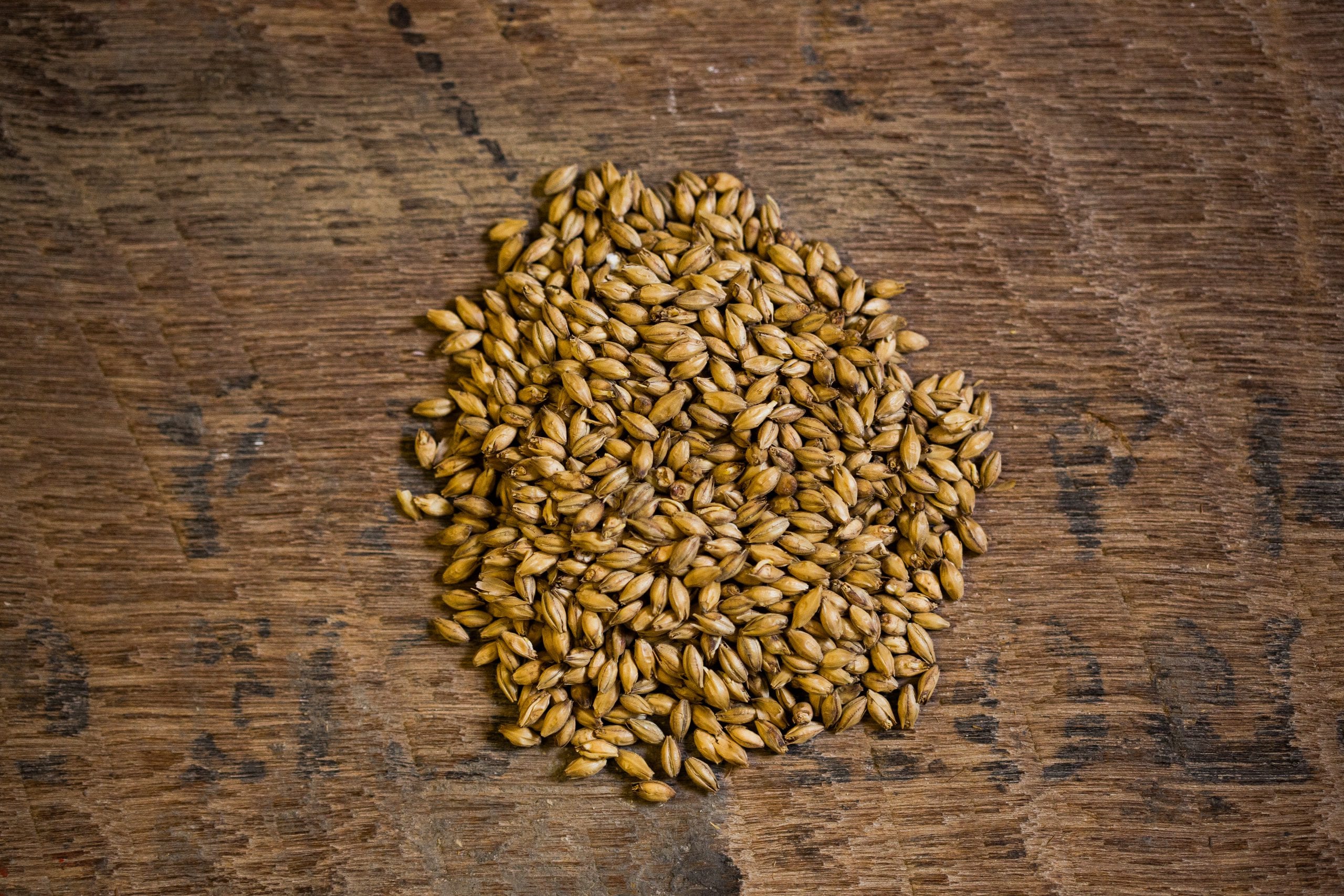MALT SUSTAINABILITY
At Bairds Malt, we believe that a commitment to our environment and sustainable practices isn’t just about numbers but is an attitude adopted at every stage of our craft. While sustainability has become a more prominent issue in our industry in recent years, we believe that a commitment to sustainable practice is something that we will pursue at all stages of our business, and for the benefit of all stages of the supply chain.
We’d be honest enough to say that ongoing improvements are an important part of our DNA – there will always be a temptation with any organisation to make sustainability a marketing objective, rather than a reflection of the culture of the organisation, and its objectives.
At Bairds, our commitment is to providing our customers with Quality Malt, made with the best of UK barley. Our sustainability commitments are at both ends of the supply chain, from drill to still, we’re happy to act as the middle man, bringing together two critical parts of the UK economy.
MALT SUSTAINABILITY BY THE NUMBERS
The process of pursuing Malt Sustainability throughout our 4 UK maltings is an ongoing challenge that we are meeting on multiple fronts.
The installation of our new AMBR & RO plant at our expanded Inverness Maltings is something that we are particularly excited about. While the malt production capacity on site will increase to 99,000mt, the processing and treatment of effluent through the plant will allow us to increase capacity with no increase in the water being used on site.
- 80% effluent reuse as process water 80%
- 0 – Additional Litres per year of water use in our expanded Inverness Maltings 0%
- 100% renewable energy use in our 4 UK MALTINGS 100%
our first installation of an AMBR & RO plant
Litres of water saved by installation of AMBR & RO plant, each year
%
Renewable energy used in our 4 UK Maltings
Managing our carbon footprint
Carbon footprint calculated using COOL farm tool with 21 representative growers across UK:
2017/18 CARBON footprint was 204kg CO2
75% of emissions are attributable to fertilisers. Crop yield 6.25t/ha.
2020/21 carbon footprint was 166kg CO2
A similar split to 2017/18 but lower application driven primarily by improved crop yield (7.09t/ha) from new varieties.
2023 carbon footprint was 153kg Co2
Improved crop yield (7.43t/ha), and lower fertiliser use offsetting higher pesticide use.
Our Sustainability Progress
Since our 2018 baseline
Scottish trial plot program tests 25 new lines across 3 sites each year. It identified the potential of Sassy which is now an approved variety, and is a key contributor to the wider industry approval program.
Yield improvement of 13% from 2018 base (6.25t/ha to 7.09t/ha).
100% adoption of abatement fertilisers which roughly halve the emission of greenhouse gases in fertiliser production.
Adoption of COOL farm tool to measure and benchmark farmer carbon footprint every second crop year from 2018.
A network of pilot farmers identified across Scotland to champion best practise, and lead trials particularly in regenerative agriculture.
Soil sampling protocol developed measure soil health across a 12-month period on the pilot farms to measure impacts on soil health and carbon from different agronomic techniques.
Implementation of a digital farming application which is used to optimise transport of harvested grain and minimise road miles and will be used to manage farmer contracting, pricing and crop condition tracking.
• Membership of SAI from January 2023 with aim of validating our grower base against Gold standard.
Membership of SAI from January 2023 with aim of validating our grower base against Gold standard.
Our on farm Sustainability progress
On farm sustainability progress and the key initiatives we’re undertaking to achieve this on farm.
New Fertiliser Technology incl. foliar application.
Currently underway.
New variety development through the early evaluation trial plot programme.
Ongoing.
Regenerative Agriculture – including cover crop trialling.
Underway with pilot growers.
Soil health measurement.
Underway.
Bio–diversity initial audit to set baseline and ambitions.
Underway in line with regenerative agriculture initiative.
Our malt production Sustainability progress
Malt production sustainability progress and the key initiatives we’re undertaking to achieve this on farm.
Inverness new build.
Build completed Q1 2023, significant reduction in site energy usage per tonne of malt.
Ongoing efficiency plan.
Ongoing continuous improvement plan.
Green hydrogen.
Grant funded commercial study completed for Arbroath called H2Malt proving that Hydrogen can be burned in existing kilning equipment. Interest noted in Cromarty Firth Partnership for Inverness. Discussions opened with equipment suppliers to develop hydrogen burners.
Ultra low carbon fuel.
Commercial proposals being prepared for biogas fuelled trucks for the north of Scotland and a HVO fuel tank based at our in Pencaitland site is progressing through the planning process.
ON FARM BARLEY SUSTAINABILITY
The first step on our path to net zero starts on farm and we’ve been making great strides forwards over the last 20 years through our Early Evaluation Programme. Since 2018 we have seen a yield improvement on farm of 13% (6.25t/ha to 7.09t/ha). The YEN (Yield Enhancement Network) Zero carbon program is underway with support of two Scotgrain growers. A working group has similarly been formed with HLH (Ag chemical supplier) to support the measurement and communication of product usage and associated emissions at farm level.
We’ve seen a 100% adoption of abatement fertilisers which roughly halve the emission of greenhouse gases in fertiliser production. Growers have adopted the COOL farm tool to measure and benchmark farmer carbon footprint and we have successfully completed an initial pilot study. Alongside this we’ve implemented another digital farming application, CROP SRM, which is used to optimise transport of harvested grain and minimise road miles. In future it will be used to manage farmer contracting and crop condition tracking to further our visibility of the impacts our positive steps to a more sustainable future are having.
Sourcing the majority of our grain within a 50 mile radius of each of our maltings, reduces road miles and boosts the provenance of our grain. It also enables us to offer our customers the chance to source their grain from specific Growers Groups.
We’re leading the way on farm and our support of sustainable practices with the help of Scotgrain Agriculture. As work progresses with the build of our new maltings in Inverness, we have already made huge strides forwards from a production point of view. We have ensured that all 4 of our maltings across the UK are supplied by electricity from 100% renewable sources. This ensures that our impact on the environment is minimised and when our new maltings comes online, we know that every one of our maltings is being carried forwards on our journey to net zero.
Geographical locations of Early Evaluation Programme
TRIAL VARIATIONS UNDER ASSESSMENT
%
Yield improvement as a result of EEP learning
%
Adoption of abatement fertilisers by our growers
WATER SUSTAINABILITY IN MALTING
The UK Malting industry embarked upon a pilot scale project called the SWAN project 15 years ago, SWAN stood for (Save Water Attend Nature). The project was to prove that maltings effluent could be treated to such a high standard that the water could be reused for processing. This project proved highly successful and there have been a number of full-size effluent treatment Plants built in the last 15 years.
The latest generation of the technology allows for >80% reuse of maltings effluent as process water and the discharge of <20% of the typical volumes of effluent. This significant advance is achieved via an advanced membrane bioreactor and reverse osmosis membranes or AMBR and RO for short.
Bairds commissioned an AMBR & RO Plant at our Witham site in Essex in 2014. Since then, it has educed our freshwater consumption by 120,000,000L per year and reduced our effluent generation by the same 120,000,000L per year.
Our new maltings with a capacity of 57,000t takes our Inverness site to a capacity of 99,000t pa. To ensure that water consumption on the new site is as sustainable as possible, Bairds Malt have installed an AMBR & RO Plant. The Plant is fed with effluent from the original maltings and the new maltings to generate process water for the new Maltings.
The new AMBR & RO Plant ensures the new 57,000t pa maltings will not require any additional water supply above that which is already delivered to site and will not generate any additional effluent volume from that currently being generated. We think this is a major achievement for given a typical maltings of 57,000t capacity would utilise around 200,000,000L of water pa and generate 170,000,000L of effluent pa.
Bairds malt are committed to making our business sustainable for the long term, working with partners both up and down the supply chain. Water and effluent use reduction is just part of the work we are doing as part of our sustainable development goals.
HYDROGEN use in malting
For the brewing and distillery industries, malt is a key ingredient. The grain requires steeping, germinating and drying to be converted into malt. Grain drying utilising a kiln requires the most energy input during the malting process. By typically combusting natural gas in indirect fired air heaters, large volumes of hot air are blown through the grain bed to dry the grain during kilning. To reduce our Greenhouse Gas (GHG) emissions Bairds Malt already purchase our electricity from 100% renewable sources and continue to improve our process efficiency.
H2Malt is a collaboration between Protium, Bairds Malt, Imperial College London, and The University of Nottingham to assess the feasibility of deploying a hydrogen-fired air heater system.
Over the last two years, Protium and Bairds Malt have been working in collaboration to identify a route to net zero CO2 emissions, using green hydrogen at the site in Arbroath. Currently, the Arbroath site generates over 14,000 tCO2 per year using natural gas alone. It was identified in the previous phase of this project – the pre-feasibility, that the demand for natural gas at the Arbroath site is predominantly due to direct fired Grain Dryers, Buhler Plant kilning and Clova Plant kilning. The purpose of this study was to assess the viability of switching the fuel used for air heaters from natural gas to hydrogen. The fuel composition within the scope of this project was 30 to 100% hydrogen blend with natural gas. This would achieve between 11 to 100% CO2 emissions reduction in this process.
The technical approach for H2Malt focused on understanding the parameters of hydrogen-fired heaters, including changes in radiative and convective heat transfer, as well as changes in the flue gas temperature and composition. Further to this, applicable modifications required to successfully incorporate the changes into Bairds Malt’s existing processes were considered. This included an assessment of the impact of introducing different hydrogen blends to heater operation, including efficiency, intake air volume, and heat production. This highlighted any challenges to overcome moving towards a 100% hydrogen use case.

